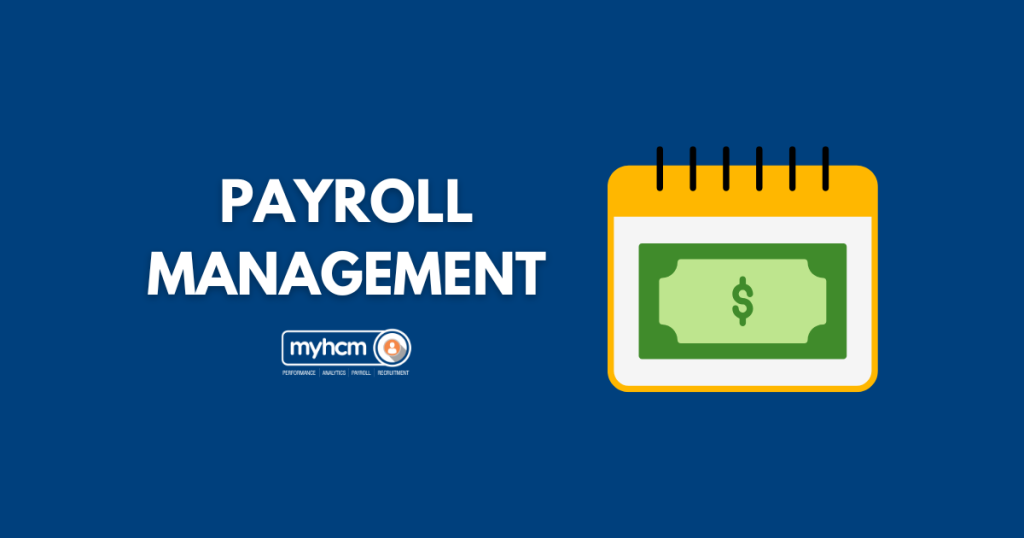Introduction
Effective payroll management stands as a cornerstone of successful workforce management. It encompasses the meticulous processes of overseeing employee compensation, including salaries, bonuses, deductions, and other vital financial transactions. Consequently, accurate and efficient payrolls significantly contributes to a positive employee experience and overall organizational health. This article will delve into the crucial stages of the payroll-process. Furthermore, we will explore the essential components that form robust payroll systems. Finally, we will highlight best practices to optimize your payment operations for sustained success.
Understanding the Core of Payroll Management
At its heart, a payroll management system is a solution designed to automate the intricate processes of compensating employees accurately. Primarily, it ensures that every employee receives their due wages promptly. Additionally, it fulfills all legal and tax obligations, maintaining transparent and compliant financial records. Consequently, implementing a robust payroll-process system significantly minimizes the potential for payroll-errors. Moreover, should discrepancies arise, the system can swiftly detect and alert HR managers, allowing for immediate correction. Modern payroll solutions further enhance efficiency by sending automated notifications to both managers and employees regarding critical dates and deadlines.
Key Components of an Efficient Payroll System
When selecting a payroll system, businesses can choose between on-premises or cloud-based solutions. The optimal choice often depends on the company’s size, organizational structure, and specific operational requirements. Moreover, regardless of the deployment model, several key components are essential for an efficient payroll management system. These include accurate wage calculations, the generation of detailed pay slips, and the management of shift differentials. Furthermore, the system should handle complex tax calculations and generate comprehensive payroll and data reports. Additionally, it should facilitate the management of bonuses, vacation pay, and expense reimbursements. Ideally, the payroll-process system should also seamlessly integrate with other HR modules, such as time and attendance tracking.
The Seven-Step Payroll Management Process
Managing payroll effectively necessitates a well-defined and structured approach to guarantee accuracy, compliance, and employee satisfaction. Firstly, the process begins with thorough Employee Information Collection, gathering crucial data like salary details and tax information. Secondly, Time Tracking and Attendance systems accurately record employee hours and absences. Subsequently, Payroll Calculation involves computing gross wages and deducting withholdings to determine net pay. Following this, Payroll Approval ensures the accuracy of calculations before payments are processed. Next, Payment Distribution disburses salaries via various methods. Crucially, Tax Filing and Compliance involves timely reporting and payment of payroll taxes. Finally, Post-Payroll Recordkeeping and Reporting maintains detailed records for audits and analysis. Each step is integral to a compliant payroll management operation.
Essential Elements for Successful Payroll Management
To achieve precise payroll management, a well-functioning system is indispensable. Without accurate payroll-process, companies risk legal repercussions and financial penalties. Consequently, many businesses opt to outsource their payroll practices. Indeed, in 2025, payroll outsourcing continues its upward trend, with a significant percentage of companies relying on external providers for some or all of their payroll management needs. Effective payroll solutions encompass core processes such as managing employee data and processing pay and deductions. These elements are vital for a company’s payroll management to operate smoothly and compliantly.
Overcoming Common Payroll Challenges
As highlighted, payroll management is an intricate process with numerous critical components. The specific processes a company implements will depend on various factors, including the types of employees it employs. For instance, regulations for international employees differ significantly from those for domestic workers. Moreover, specific guidelines apply to service employees, such as tip credit rules. Therefore, it is paramount that workforce management and payroll practices avoid legal issues. Common payroll mistakes often stem from outdated timekeeping systems. Transitioning to automated payroll software can significantly improve accuracy. Furthermore, managing international payroll introduces complexities related to varying pay regulations and compliance requirements.
Conclusion
In conclusion, effective payroll-process is not merely a procedural task but a strategic function that impacts employee satisfaction and regulatory compliance. By understanding the key steps involved in the payroll management process, implementing robust payroll systems with essential components, and adhering to best practices, organizations can significantly optimize their operations. Embracing technological advancements, such as AI-powered payroll systems, further enhances accuracy and efficiency. Ultimately, prioritizing accurate and compliant payroll management is crucial for long-term business success and a positive workplace environment.
